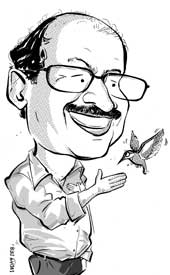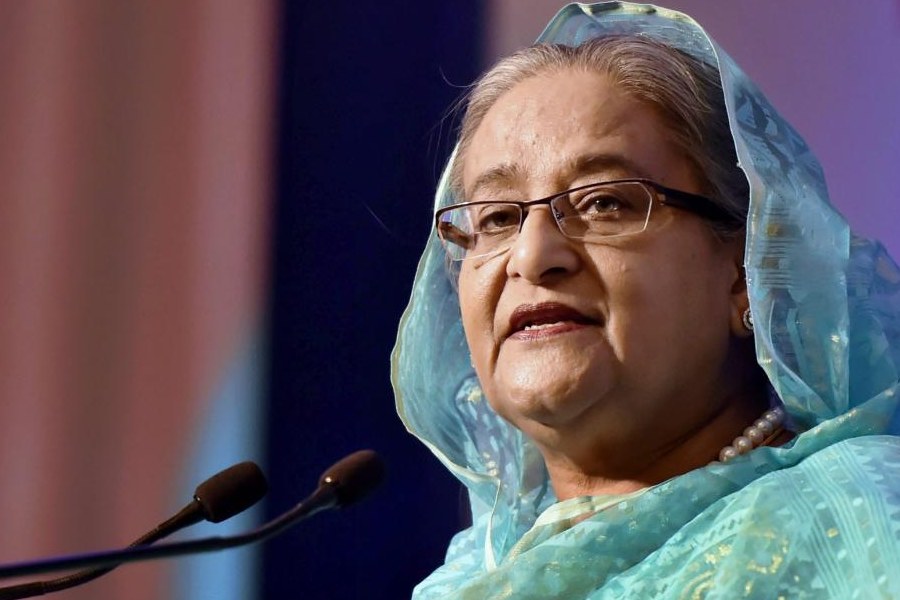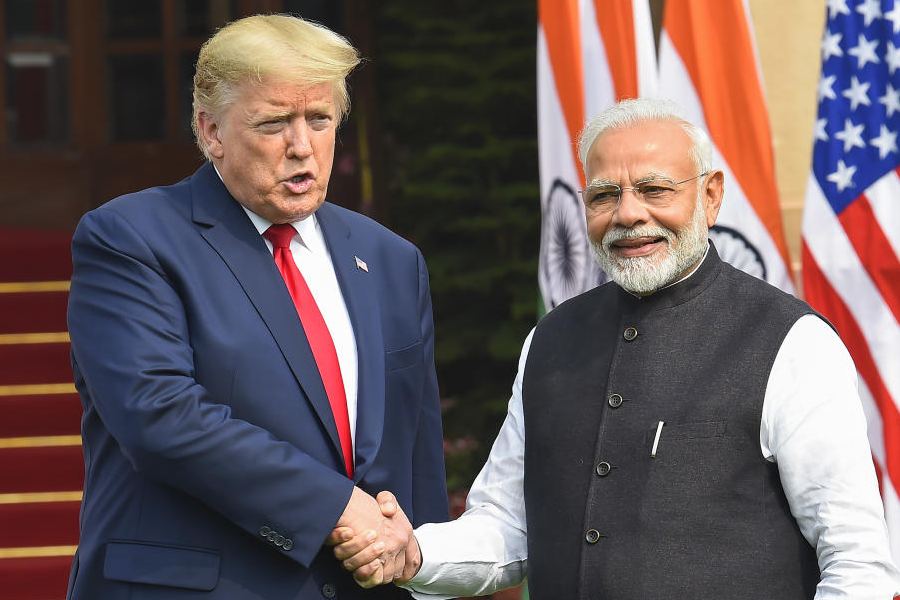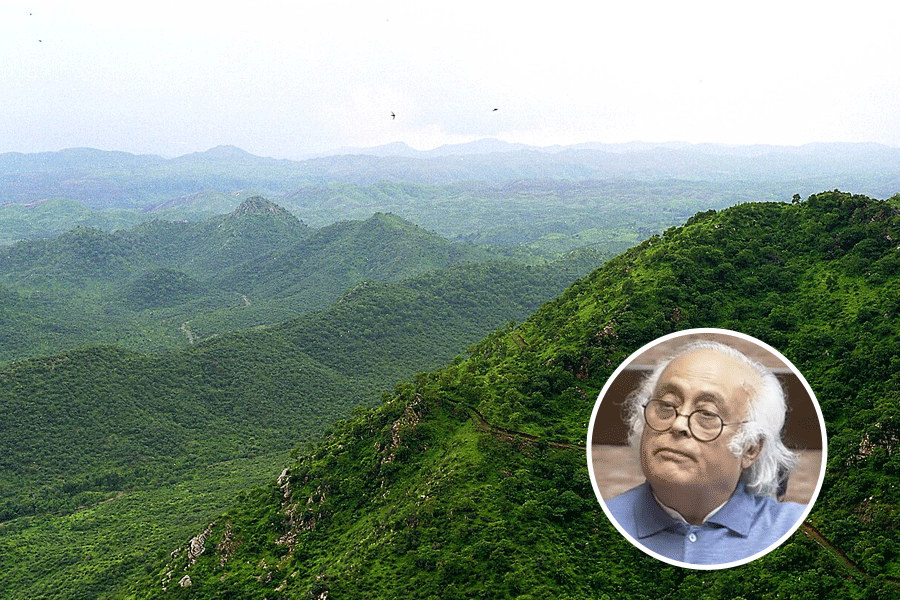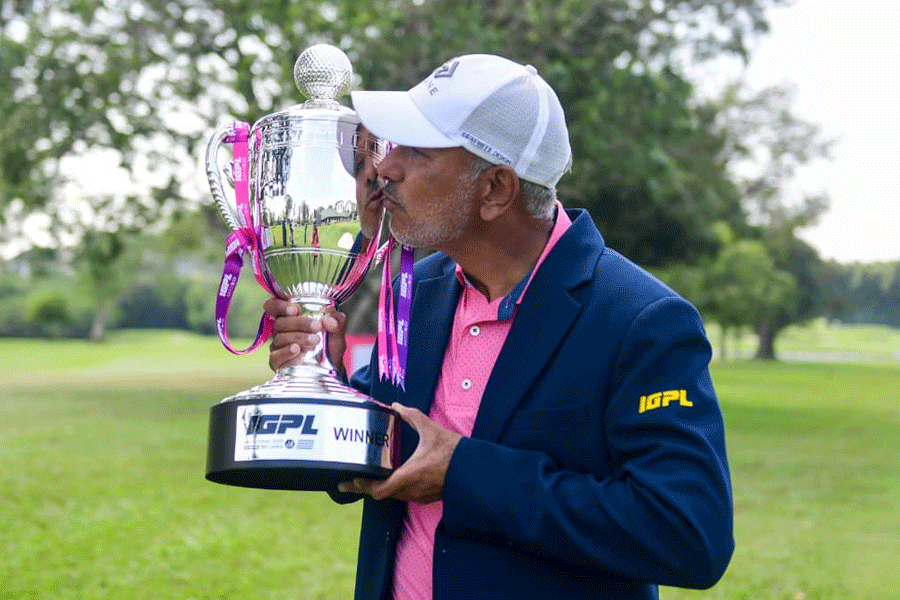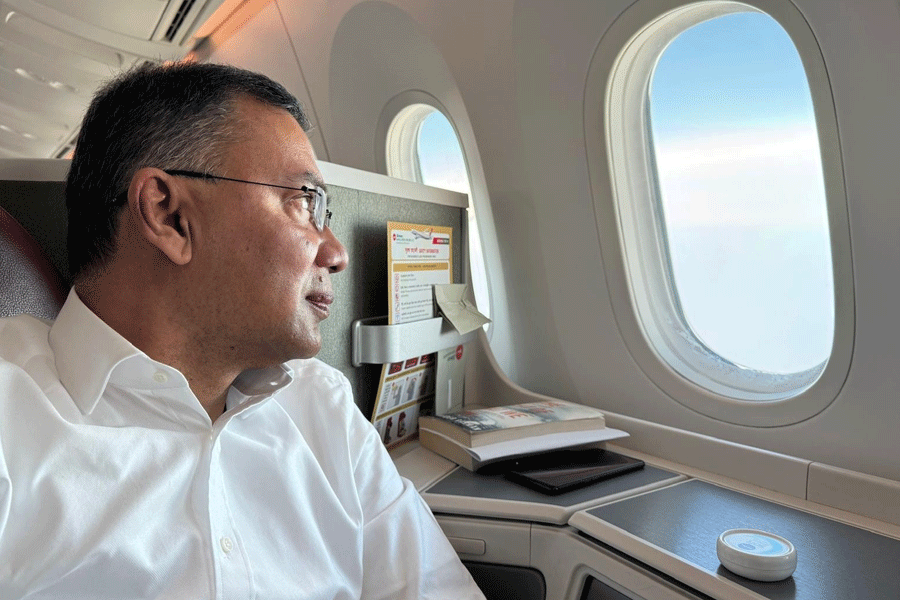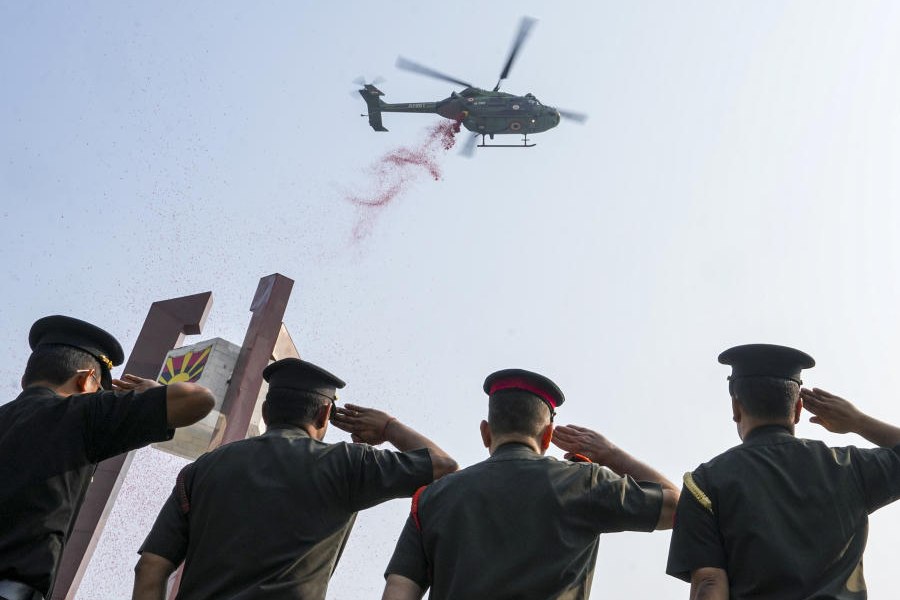 |
His employees called it the darbar. The Air Deccan managing director’s office — on Bangalore’s Cunningham Road — had no desk, computer, phones or files. Only a sofa set filled the room. But when G.R. Gopinath walked in — usually talking into his mobile phone in his baritone voice — the atmosphere became charged. The moment he entered his office — his darbar — he’d call for a string of meetings.
Four years on, there’s a typical corporate-like quiet in Air Deccan’s new office, a few buildings down the road from its former headquarters. India’s first low-cost airline — the ‘Udupi hotel of the airline industry’ — has shifted to a swanky new multi-storied, glass and chrome building.
But Gopinath — who talks of making every Indian fly — gives such stories about Air Deccan’s ascent a skip. “My story is the story of a new India — an India of opportunities,” he says, as he sinks into a black leather chair in his tastefully designed, glass-walled office. The evening sun is bathing the potted plants that line one side of the room.
The 55-year-old, balding but visibly fit managing director — his flat abs could be the envy of body builders — is, clearly, a man of a few, chosen words. “I always believed I would win,” he says. “I had the energy, commitment and aptitude for hard work. So I got lucky,” he adds. With that, he explains how he hit the jackpot in his three business ventures.
Capt. Gopi, as he’s fondly called, started off as a silk farmer. From cocoons, he went straight to the cockpit — he started India’s first heli-charter firm in 1995. The third venture was Air Deccan, which recently hit the headlines when it tied up with Vijay Mallya’s swish Kingfisher airlines.
Today, Deccan might be known for tardy flight schedules and clumsy service, but Gopinath remains the man who made the common Indian fly. He sold air tickets at the cost of bus fares, cut all flying frills and even had advertisements of a Chennai sweet shop pasted on every seat in his aircraft to earn revenue. The low-cost carrier currently owns 45 aircraft and has 350 flights a day to 66 destinations across the country.
Such details don’t trip from Gopinath’s lips. He measures his words carefully when you ask him about the recent Air Deccan-Kingfisher deal. “We needed the money. The tie-up with Kingfisher is purely for investment,” he says.
But that’s not how the story unfolded. The first time Vijay Mallya expressed an interest in Gopinath’s airline, he had pooh-poohed the offer. “We are from Mars and he’s from Venus,” Gopinath had publicly retorted. In return, Mallya called Air Deccan’s business model flawed, and said Gopinath should get the Bharat Ratna for doling out free tickets.
Despite the disagreement, Mars and Venus soon came into the same orbit. In June, this year, Kingfisher acquired a 26 per cent stake in Air Deccan. Gopinath laughs off the brouhaha that preceded the tie-up. “Initially, Mallya said he wanted to buy my airline. I said no. When he talked of investing, I agreed,” says the managing director, using one of the stems of his spectacles to save a number on his Sony Ericsson PDA phone.
Gopinath may jet set between the planets now, but the stars were a galaxy away for young Gorur Ramaswamy Iyengar Gopinath when he was going barefoot to a local Kannada-medium school in Gorur, a village near Mysore. “The only dream of people in my village was to break the shackles of unemployment,” remembers Gopinath, one of eight children of a primary school teacher.
Gopinath left Gorur at the first chance. He went to the Sainik School in Bijapur and then joined the National Defence Academy, Pune. “I had no plans for life. I just wanted to get out of my village and explore new boundaries,” says the airline entrepreneur, who drives a Mercedes, but listens to classical music and reads Tagore to soothe his soul.
When Gopinath quit the army in eight years, he again had no plans for himself. So he returned to Gorur. He leased 40 acres of land from his father and uncles and, after some trial and error farming ventures, took to sericulture. For the first two years, he lived in a tent. “I didn’t have the money to build a house,” he says. Gopinath went on to develop an eco friendly, low-cost method of silk farming which won him the Rolex Enterprise Award in 1996.
The business in Gorur is still going strong, although he is no longer directly involved in it. “But whenever I need to rewind I take off to Gorur,” he says. He lives in a flat with his wife and two daughters. His elder daughter, a literature graduate, is studying aerospace management in France, while the younger daughter is in a Bangalore college.
It was a game of tennis that made the son of the soil take to the skies. While playing a match in Bangalore with an ex-army chopper pilot friend who had been jobless for a year, Gopinath suddenly realised there were no private helicopter charter firms in India. “The market was waiting to be tapped. I took the plunge,” he says. Today, Deccan Aviation flies choppers from Bangalore, Hyderabad, Mumbai, Surat, J&K, New Delhi and Colombo.
Likewise, an aerial view from a chopper gave Gopinath another new business idea. “I was flying over the Deccan plateau when I noticed something shining in the villages,” he recalls. Gopinath asked the pilot to land — only to discover that he was looking at a row of dish antennas. “Even poor villagers were buying TVs and motorcycles. I wondered if they would buy air tickets,” recalls Gopinath.
Air Deccan was started with the philosophy of carrying the masses. “The business model had to be both socially and geographically inclusive,” says Gopinath. This meant air fares had to be at rock bottom rates. And the airline had to open air routes to small town India.
Towns such as Hubli, Belgaum, Cooch Behar, Jamshedpur and Dharamsala were now accessible by air. When Air Deccan started its first flight to Hubli, the airport — which comprised one hall — had to be opened, cleaned and cleared of stray dogs. The airline staff still has the keys to the airport. They open it in the morning and then lock it up after the last flight takes off.
“In four years we have become bigger than Indian Airlines. We have created a revolution,” says a proud Gopinath. In passing, he admits the airline had its share of teething troubles, like a shortage of funds and technical staff and management problems.
The hiccups cropped up from all corners. To earn revenue, Air Deccan was selling ad space on the aircraft exterior. In 2003, IT firm Sun Microsystems was among the first to opt for air advertising. Its ad was painted on a Deccan-owned Airbus A 320. The plane was to take off on its maiden flight from Bangalore on a September morning. All passengers were on board. Just then the Directorate General of Civil Aviation sent in its objection to the ad.
Confusion ensued. An employee was rushed off to buy white paint, which was used to cover the ad, and the flight finally took off. It was only later that Air Deccan’s technical staff discovered that they had used wall paint — which is too heavy to be applied on an aircraft.
Despite such pitfalls, Air Deccan pulled through. But although its brand recall — especially in tier two cities — has soared in four years, the airline announced a Rs 213-crore loss in March this year. That’s when Kingfisher entered the cockpit.
Industry rumors have it that major changes are on the anvil for Air Deccan. For starters, instead of its current blue and yellow brand colours, the Air Deccan fleet and crew will now wear the Kingfisher red and white. The common man’s airline will now, reportedly, charge steeper fares.
But don’t call this a Kingfisher coup in front of Gopinath. He insists he’s still the man in the pilot’s seat. “Air Deccan will only have peripheral changes in branding and some sharing of resources with Kingfisher. That’s it,” says Gopinath firmly.
A yoga buff, Gopinath works close to 12 hours a day, seven days a week, to ensure Air Deccan’s smooth flight. When he needs a break, he takes short, binge holidays — the Himalayas and Santiniketan are his pet vacation destinations. After which, it’s back to deciding which one-horse town Air Deccan will fly to next.

